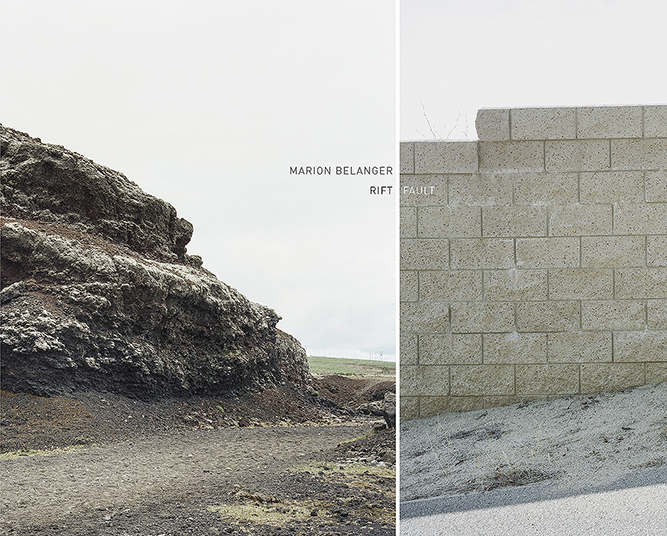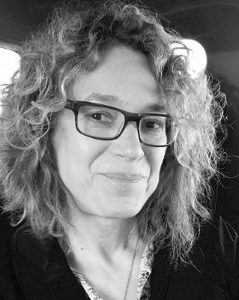GLS Professor Belanger P’02 Produces Photographic Study, ‘Rift/Fault’


Graduate Liberal Studies visiting professor Marion Belanger P’02, is the author of Rift/Fault, a photographic study of the land-based edges of the North American Continental Plate. A Guggenheim Fellowship in 2002 supported a project in the Everglades, where Belanger turned her lens on both the landscape within the national park as well as the suburban development of the swamplands outside the protected area. Now, Rift/Fault continues her interest in natural land formations and boundaries—this one along the San Andreas Fault in California and the Mid-Atlantic Rift in Iceland—and the influence of human society on the earth
Published by Radius Books, and with an essay by art critic and activist Lucy R. Lippard, Rift/Fault is designed to be interactive: Open the cover and two collections of images face each other, each one bound at the top. The photographs labeled “Fault” are on the left; the right side holds “Rift,” with the reader turning each page upwards to view the image that follows. While Belanger paired the photographs on each side to be complementary, she encourages the readers to make their own pairings. The structure of the book conceptually mimics the ever-shifting tectonic plate edges, and “it gives the viewer some agency to figure out how they want to view the book and, by default, how they want to see the landscape. The work itself is a cultural study,” she says.
Belanger traces her fascination with landscape to her childhood observations, when less than a mile’s bike ride would take her from the industrial valley and polluted waters of the Naugatuck River Valley to a pastoral, pristine landscape in a wealthier town. “This disparity to me was so radical that it set the blueprint for me to read culture through landscape,” she says.
From there, Belanger purchased her first camera, an Olympus, with money saved from her high school job, and although it took years for her to settle seriously into becoming a photographic artist, Belanger found her path.

“I’m a research-based photographer, so I do a lot of reading and research before I go to photograph some place,” she explains. “When I photographed Yellowstone in 1998, I became interested in the idea of what’s below the earth—really my first introduction to geology as a subject. I became fascinated with geologic processes underneath the surface of the earth, and eventually this interest led me to tectonic plates.” She started Rift/Fault in 2006 and photographed until 2012, with travels to San Andreas Fault and Iceland interspersed with other projects.
“A lot happened in those six years in terms of how we thought about our changing earth,” notes Belanger. “When I first went to Iceland, the glaciers were starting to melt, but people were saying ‘This is a natural phenomenon.’ When I ended the project in 2012, it was generally agreed that the melting was due to man-made climate change.” Still, “In Iceland, global warming has in some ways benefited the island—for example, more trees can now grow in the harsh climate of the island.”
As for her hopes for Rift/Fault, Belanger would like this work to inspire curiosity. “I would hope that people want to learn more about the subject—and I’d hope that people would read the essay, which I think is brilliant. In terms of my own process, I had to remind myself that I was not making a scientific document; it’s a poetic investigation, a visual wandering through geologic boundaries. I found it particularly interesting because the plate edges are not political or economic, we cannot alter them—they are something we just learn to live with.
“I tell students; follow your passion, believe in yourself, don’t put barriers up, allow yourself to explore your intellectual interests and take risks. Figure out what you care about, immerse yourself in it.”

